Genre Focus Tutorial: Drum and Bass Part 2
Following on from the creation of drum beats and bass lines in Part 1, Liam O’Mullane turns his attention to the vital elements of melody, atmosphere and arrangement techniques… This second instalment builds on the knowledge gained in Part 1 for creating original-sounding drum & bass tracks. But while the drums and bass are at […]
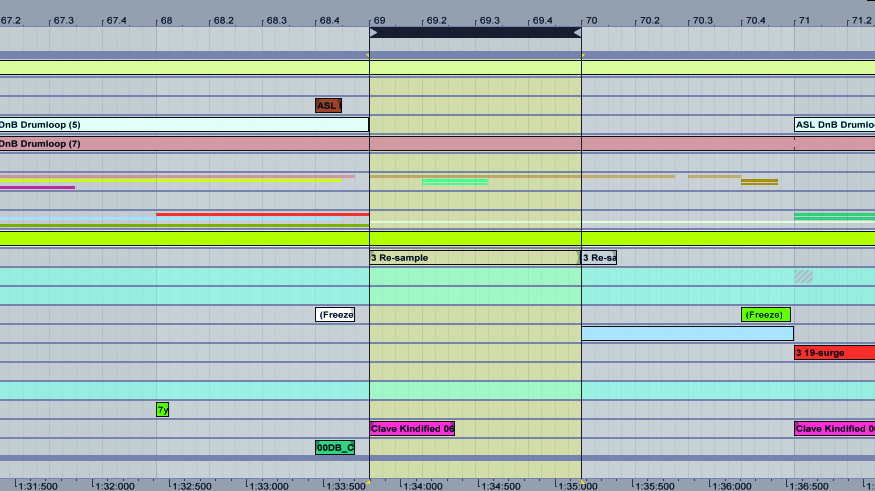
Following on from the creation of drum beats and bass lines in Part 1, Liam O’Mullane turns his attention to the vital elements of melody, atmosphere and arrangement techniques…

This second instalment builds on the knowledge gained in Part 1 for creating original-sounding drum & bass tracks. But while the drums and bass are at the heart of D&B, it’s also important to consider the melodic – and perhaps not so melodic – parts you’ll need to create. Depending on the direction you want to take your work, you may need to create huge atmospheric soundscapes for a dark, techy, sci-fi movie-like track; if you’re creating a more musically driven piece, you will need decorative melody information in the form of arp synths, pads and so on. Even the most minimal forms of the genre have elements that sit in the background behind the more obvious foreground sounds, and this is where your mixes can gain a sense of depth.
First we’ll look at the approach (and perseverance) you’ll need to take when it comes to sound-design. Using a multi-layered approach of processing, rendering, editing, reprocessing and re-editing, it’s important to remember that although this may bear no fruit to begin with, pushing forward past poor initial results is the only path to creating something genuinely interesting. Creating perfect and unique sounds through sound-design and mix-processing as well as re-sampling techniques can be slow at times, so keep an open mind as you work and be patient – it can take anything from 20 minutes to over a day of trying out ideas until you stumble on that golden nugget!

When you’ve got your ideas together, start to think about your arrangement; here we’ll be exploring a few ways in which you can take your ideas and work them into a playable structure. There’s no strict form that a D&B song must take, but do keep in mind that the majority of your audience will hear your music in a DJ-mixing context, so it’s important to make it suitable for both club and radio play as well as maximising on the moments when the song might be present in a mix alongside another track.
But as we stated in Part 1, we’re arming you with the tools you’ll need to take creative ideas and make them work as a song – not how to churn out yet another bandwagon-chasing club-banger. So turn on that sub, shut out the daylight and do whatever else you need to do to get into a creative headspace.
Decorative Sounds and Melodies
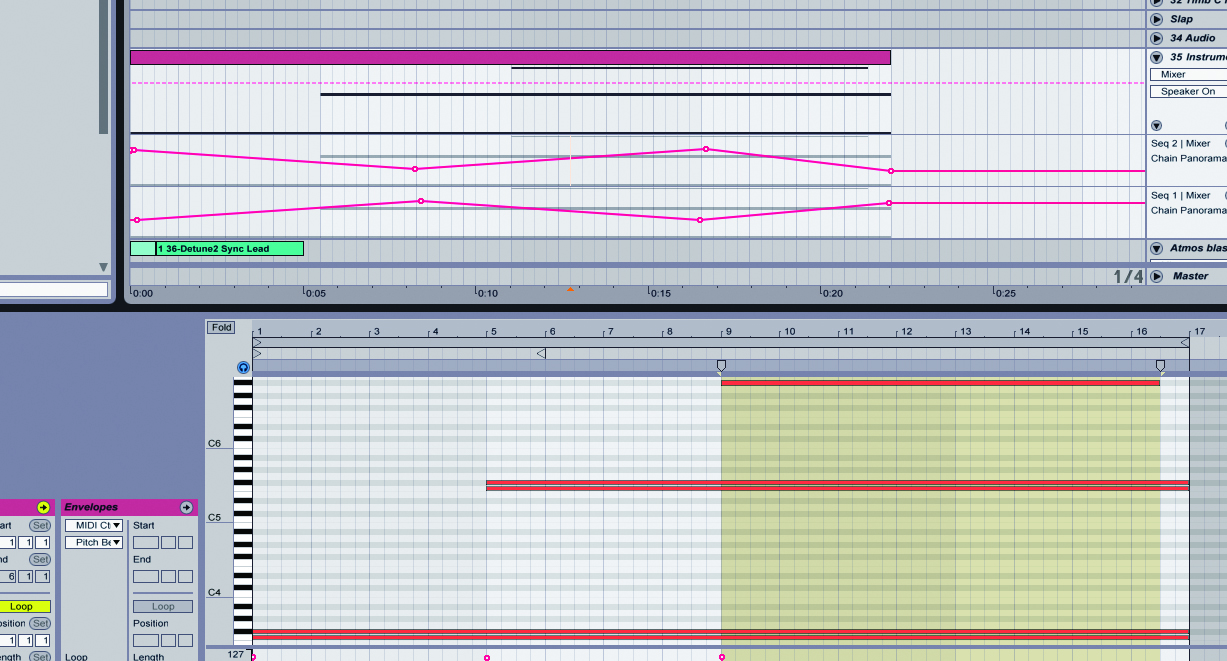
1: Depending on the vibe of your track, you can choose to fill the background with melodic pads, pitched FX, drones, atmospheres or a mash of the lot. We’ve chosen to create a sinister pad as a tension layer for the intro by playing discordant notes, layering sequenced sounds underneath the louder synthetic strings (for movement) and automating the pan position of the quieter layers for stereo interest.
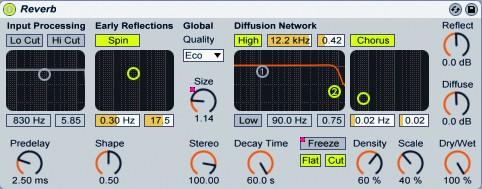
2: For atmospheric sounds you can’t go wrong with long doses of reverb, with a mostly wet balance to achieve a diffused tone. Anything goes for the sound source. We used pitched percussion in the main section and a saw synth for the intro to create a huge, horn-like sound. We automated the reverb’s Freeze function to extend the tails and changed the room size, all of which adds detail for the listener.
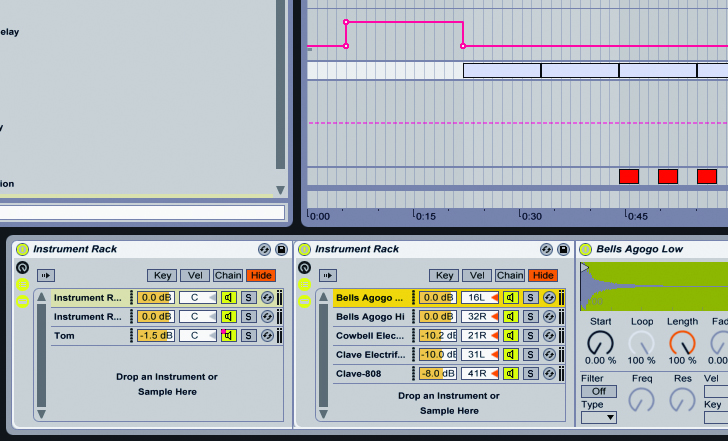
3: For radio-friendly styles, melodies usually require straightforward synth sounds. These are readily available in many synth libraries and can be customised through layering and editing. For deeper styles, try working with less conventional sounds. We’ve layered a blend of bells, cowbells and claves and added a tom underneath for continuous punch and weight throughout.
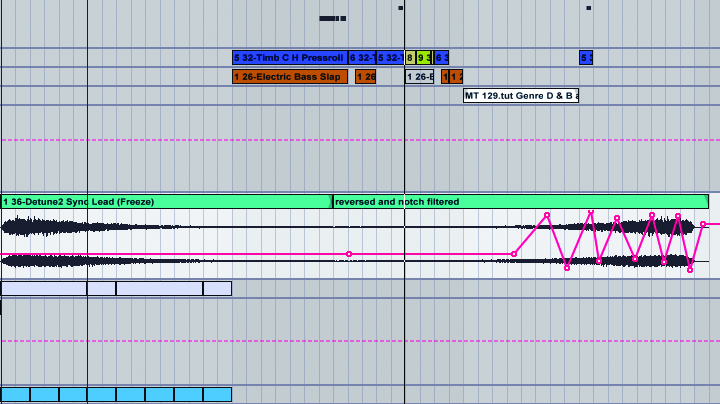
4: Once you’ve created a few background sounds, render them down to audio for further editing. This is a simple way to create the much-needed variation within a track and is an economical use of the sounds you’ve already spent a lot of time perfecting. These can then easily go through further generations of manipulation without taxing your computer too much.
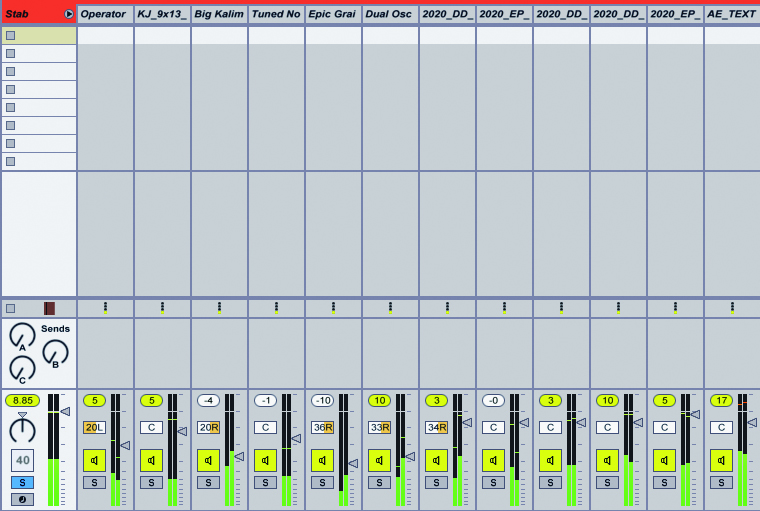
5: Stabs are useful for announcing new sections or to insert sporadically to create tonal contrast when everything else drops out. Stabs are easy to make as they require just a good dose of layering, spreading of pitch and creative panning if you want stereo width. Again, explore the most unexpected sounds in your library and use mistuned layers to give denser, moody and less-musical tones.
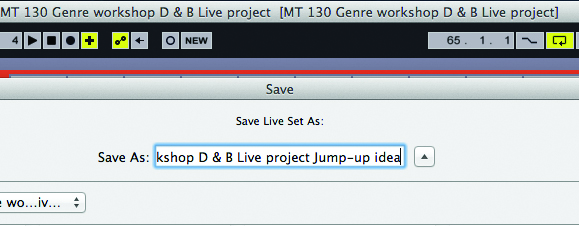
6: As your mix builds up, use a fine-tooth-comb attitude to justify each and every part to avoid unnecessary clutter. Remember to replace sounds if needed as you develop the mix to give everything the space it needs to breathe. We went through various bass sounds, kicks and snares to maintain clarity as we developed our ideas. If it helps, save a new project version before making drastic changes.
Creating Arrangement Dynamics
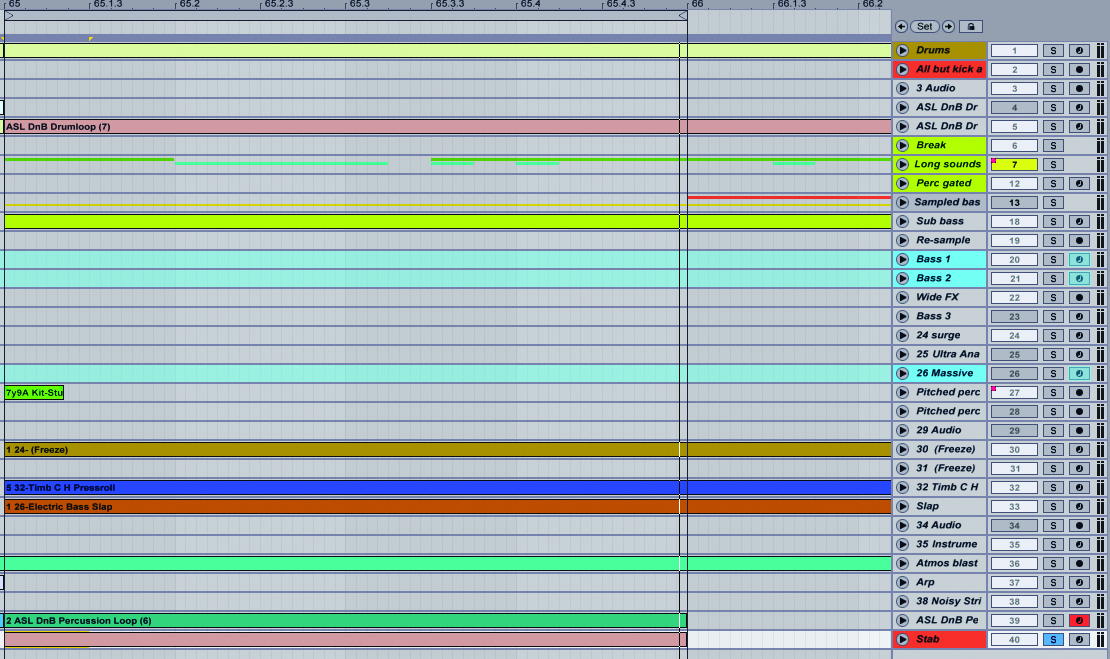
1: When you want to develop an idea into a good 16 bars or more, a balance between creating an interesting sonic tapestry while being sensible about your approach needs to be struck. By this we mean not keeping hundreds of tracks running with live effects and automation throughout the project. When you have the sounds you need, render them down to audio to make your project easier to handle.

2: Breaks and pauses are needed not only during full breakdowns. These are great dynamic tools for momentarily throwing the flow in a groove, creating lifts before a new section, and adding durations of space to break up a busy track. Focus on short sections to figure out how many elements can be removed for a drop in energy. Mute send FX such as reverb and delay through automation to achieve digital silence.
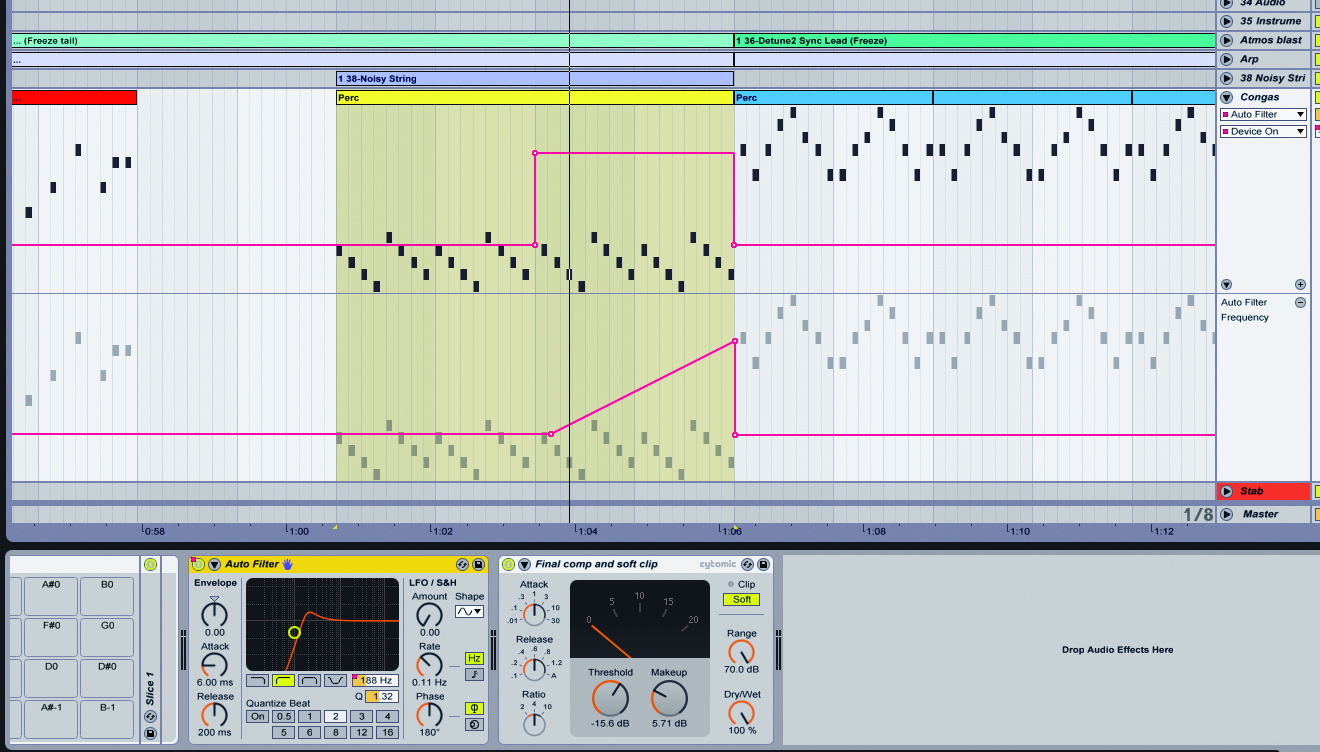
3: A high-pass filter will lift the low end from single sounds, groups or the entire mix before a new section to make it seem heavier. This technique can also be applied to parts in full song sections to create more space in a mix for busier sections. For example, a lead synth might have its full frequency content allowed in a breakdown, but is high-pass-filtered on the drop to accommodate new content.
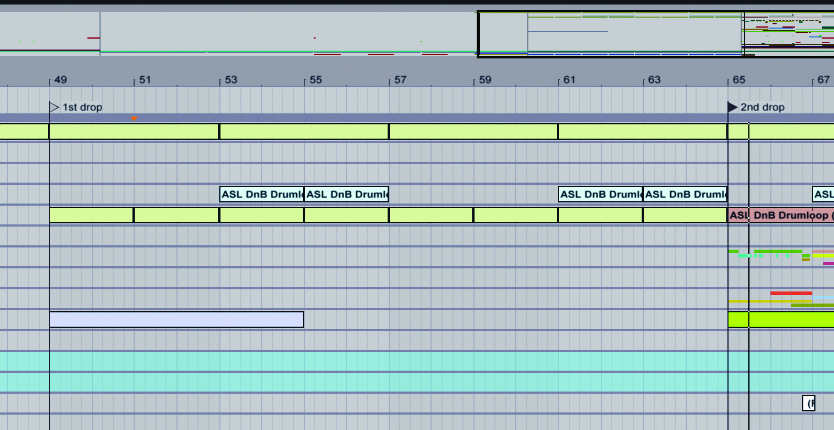
4: A D&B track’s arrangement is not set in stone, but the basics of intro, breakdown, drop, counter sections, 2nd breakdown, drop, alternate sections and outro is a guide if you’re unsure. If you make the intro rhythmic it will be useful to a DJ for mixing, but a more important feature is a unique sound or melody. This acts as an audible signpost for an audience to know that your song is currently being mixed-in.
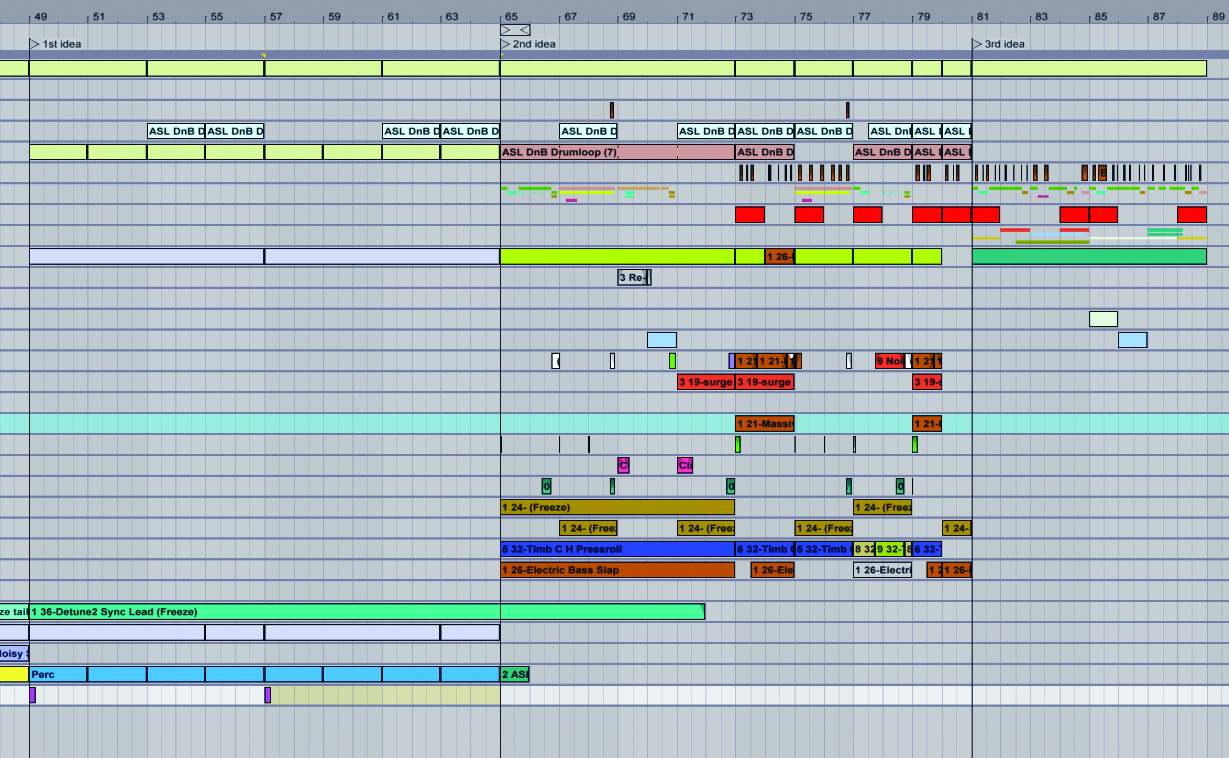
5: There are many ways to continue an idea after the first main drop: exploring bass tones over time; melodic progression; drum sound switch-ups (switching from one tone to another); stripping back to a more sparse section or a completely different style to push the song in an unexpected direction. Explore a few options, save them as different projects and do some trial arrangements to see what works
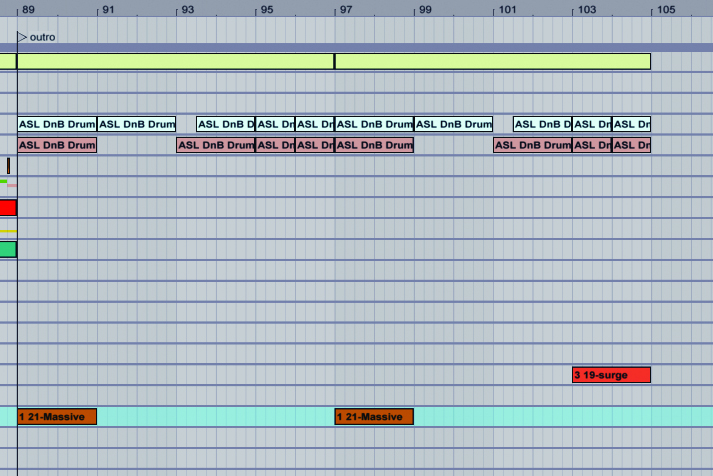
6: The outro serves the same purpose as the intro but in reverse. While it’s tempting to simply copy and reverse the parts in the intro, try to use it as another dynamic tool. This part of the track will be the last piece heard as it’s mixed over someone else’s intro, so create excitement by using a different combination of previous parts and re-editing or introducing a new element to sign-off with.
